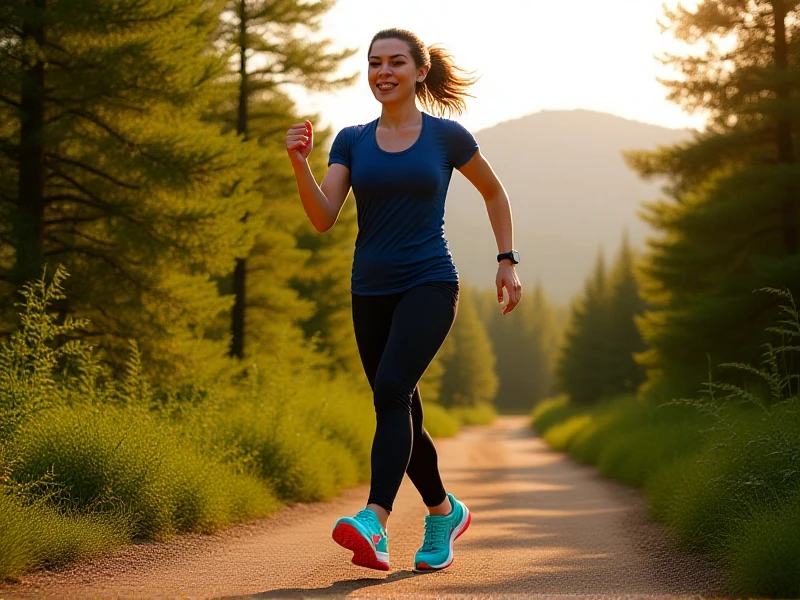
Your Ultimate Guide to Choosing the Best Running Shoes (2024 Edition)
Here is an SEO article focusing on "Running Shoes":
<Your Ultimate Guide to Choosing the Best Running Shoes (2024 Edition)>
Finding the perfect pair of running shoes is fundamental for comfort, performance, and injury prevention. With so many options flooding the market, knowing what to look for can feel overwhelming. This guide breaks down the key factors to consider when shopping for your next pair of running shoes.
Before hitting the stores or browsing online, understand your needs. What type of running do you primarily do? Are you logging miles on roads, tackling rugged trails, or aiming for speed on the track? Running shoes are specifically engineered for these different terrains and intensities. Road running shoes prioritize cushioning and durability for pavement, while trail running shoes offer enhanced grip, stability, and protection from rocks and roots. Track or racing flats are lightweight and designed for peak speed over shorter distances.
Knowing your foot type and gait is non-negotiable. Do you have a neutral stride, or do you overpronate (your foot rolls inward excessively) or supinate (rolls outward)? Many specialists at reputable running shoe stores offer gait analysis – often free – to help determine this. This insight dictates the kind of support you'll need. Stability running shoes incorporate features like medial posts to help correct overpronation, while neutral shoes offer cushioning without significant motion control. Highly cushioned "maximalist" shoes provide immense softness, while "minimalist" options offer a more natural ground feel.
Modern running shoes boast incredible technology. Key components include:
- Midsole Foam: The heart of the shoe's cushioning and responsiveness. Look for materials like EVA, PU, or newer, lighter, more resilient compounds like PEBA.
- Outsole Rubber: Provides traction and durability. Denser rubber in high-wear areas enhances longevity.
- Upper: The mesh or knit material enclosing your foot. It should be breathable, comfortable, and provide a secure, non-restrictive fit.
- Drop: The heel-to-toe height difference. Traditional drops are 8-12mm; lower drops (0-6mm) promote a midfoot/forefoot strike but demand stronger calves.
Always prioritize fit above aesthetics. Running shoes should fit snugly but comfortably in the heel and midfoot, with about a thumbnail's width of space in front of your longest toe to allow for foot swelling and natural movement. Ensure the shoe width accommodates your foot without pinching or excessive slipping. Don't hesitate to try multiple brands and models – sizing can vary significantly.
The lifespan of running shoes is typically 300-500 miles, depending on your weight, running style, and surfaces. Worn-out cushioning drastically reduces shock absorption, increasing injury risk. Pay attention to how your shoes feel and inspect the midsole for excessive compression or visible creasing.
Ready to start your search? Visit specialized running retailers where knowledgeable staff can guide you. Bring your current shoes for analysis and wear the type of socks you normally run in. Test the shoes thoroughly in-store. Investing time in finding the right running shoes is one of the smartest moves you can make for your running journey. Your feet—and your entire body—will thank you with every comfortable, injury-free stride.